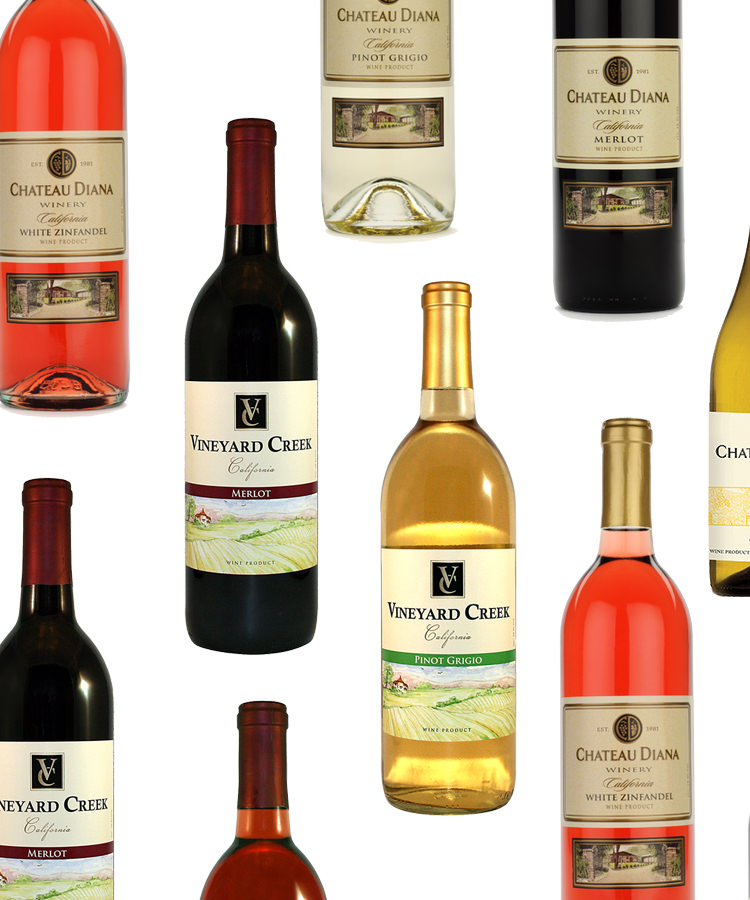
Scenario: It’s 1 a.m., the party has lasted long past dinner, and disaster strikes. You’ve run out of wine. Rushing into the local 24-hour drugstore, you bypass the beer selection; everyone will thank you the next day if you stick to the original poison. There! A rack of bottles labeled “California,” looking quite similar to the juice you’ve been enjoying all night — and a steal at $5.99. But though it looks like wine, upon tasting, something’s not right. What is this sweet liquid that seems more akin to a juice box than to an adult beverage? Closer examination of the back label reveals the deception: This is not, in fact, wine, but wine product. What the heck is that?
Wine product, as defined by the New York State Liquor Authority, is “a beverage containing wine with added juice flavoring, water, citric acid, sugar, and carbon dioxide.” Sounds delicious, right? (Not.) Therefore, while wine product does contain wine, it also contains a whole lot of other things mixed in. The other stipulation for wine product is that it must not contain more than 6% ABV — hence the juice box-like flavor profile. Besides the flavoring, water, and sugar added to the wine, this alcohol cap is a reason for the aggressive sweetness; if the sugar from the grapes isn’t allowed to convert entirely to alcohol, residual sugar will remain in the wine product.
Why does this trickster beverage exist in the first place? Given the inclusion of carbon dioxide in the definition of a wine product, the category was likely created upon the rise of commercial wine coolers in the 1980s. Some states, such as New York, have rules regarding the sale of alcoholic beverages, stating that wine can only be sold at a liquor or wine store. Liquor and wine stores may not sell food, beer, and most other products, excepting ice and corkscrews, so grocery stores and drugstores may not sell wine. However, the law does allow these stores to sell wine product, getting around the rule a little with a wine-like substance.
While most wine coolers are sold in beer-reminiscent packaging, the real confusion happens when the producer chooses instead to skip the carbonation, bottle in classic 750-milliliter bottles, and label their product by grape variety. The major offender is the ubiquitous Chateau Diana, with a range of five wine products from Pinot Grigio to Merlot. Ironically enough, Chateau Diana is a real winery making real wine in Healdsburg, California. Visitors are welcome to drop by their tasting room, and an online shop offers wines under multiple labels ranging from $7 to $40. The one thing wine drinkers can’t buy on their website? Their wine product selections, of course.
Next time you’re out for a late-night wine run, beware: Wine product does not equal wine. It may just be worth the headache to switch to beer instead.
